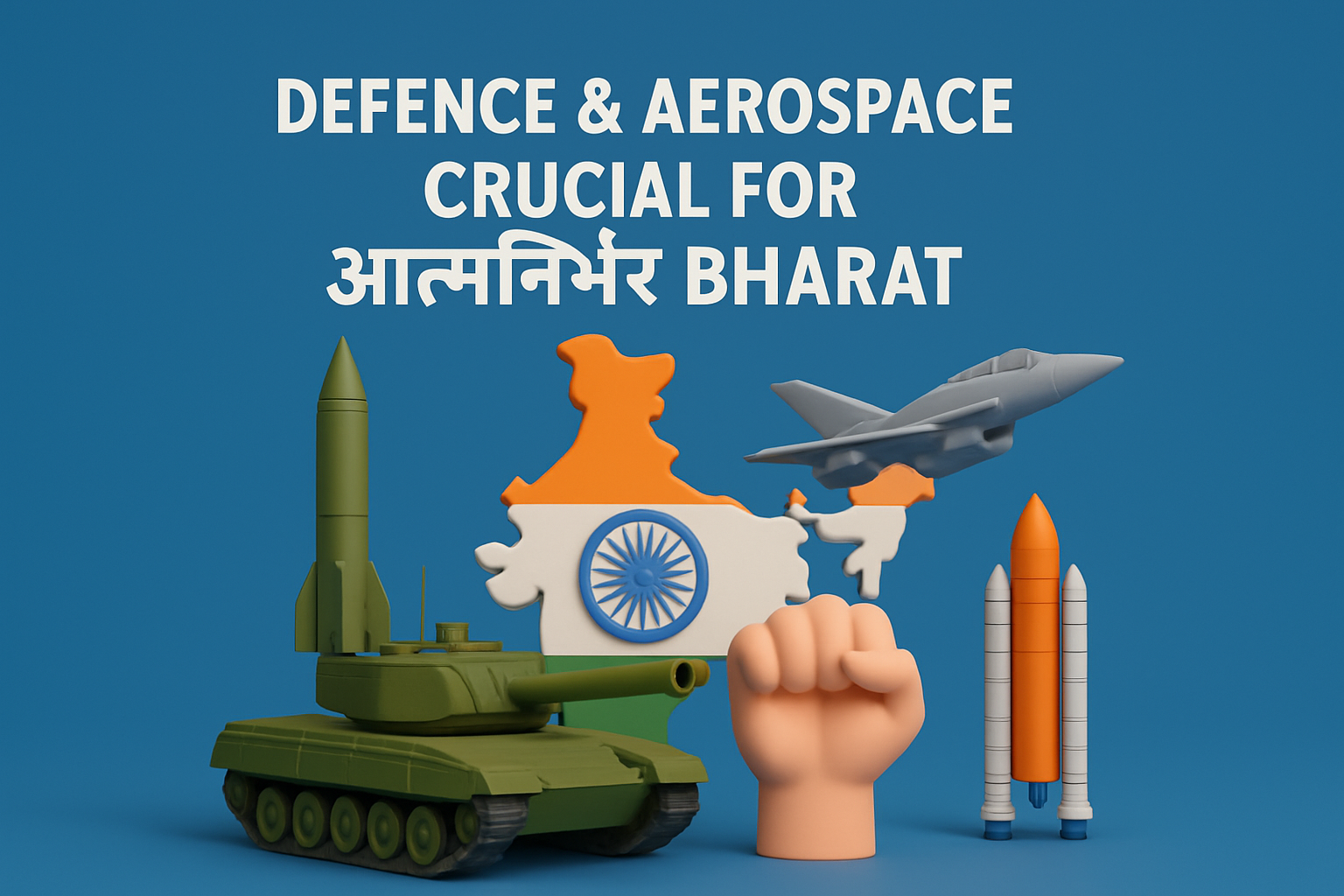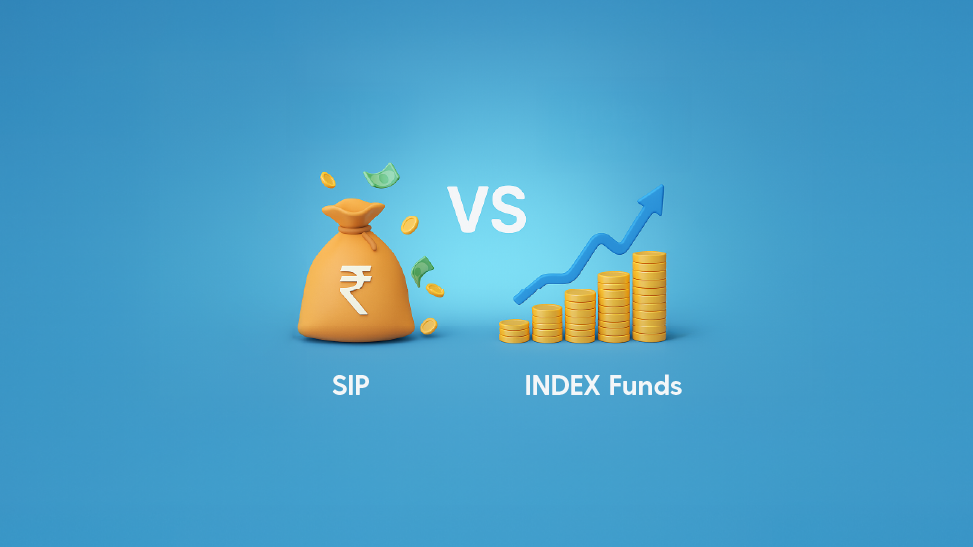Defence & Aerospace Crucial for आत्मनिर्भर BHARAT

- Published Date: October 01, 2025
- Updated Date: October 01, 2025
- By Team Choice
In the latest speech of Honourable PM Narendra Modi, he says that “India does not have any enemy; the only enemy India has is dependence on other countries, which we have to defeat.”
In all speech and the data points show how much we are dependent on other nations for many things. The government is putting significant effort into these sectors. In our opinion some sectors are very crucial for Bharat to have 100% self-reliance.
Defence-Aerospace & Shipbuilding
The Indian defence industry has shown robust growth in domestic production and export capacity, with domestic production reaching Rs1.27L Cr in FY24 from Rs47k Cr in FY14 and exports reaching Rs23k Cr in FY24 from Rs686 Cr in FY14. With a target of exports of Rs50k Cr for FY25.
India spends 0.7% of GDP on defence R&D, which is less compared to developed nations with an average of 2%. Defence & Aerospace will be a critical industry on the road to becoming a global power.
India has also increased indigenous inventory in defence over years under the Make-in-India project, but still India is heavily dependent on foreign imports for critical technologies and components.
Example: India made Tejas LCA (Light Combat Aircraft), a fighter jet project with 64% indigenous content, which sounds great, but the reality is the 36% content that is imported includes critical electronic components and fighter jet engines, which are the heart of a fighter jet. The USA, France, Russia, the UK, and China are the countries that can develop a full engine on their own. India did attempt to develop one through the Kaveri-engine program but failed. IAF (Indian Air Force) has advanced jets like Rafale (France), Sukhoi (Russia), and Mig-29 (USSR, now Russia). But during crisis situations of war or conflict, getting parts and source code (a code that helps in modifying jets according to need) can turn around as a weakness and be expensive due to geopolitical situations.
That makes India dependent on other nations for its fighter jets, and we have also seen delays in Tejas delivery due to dependence on the USA for the supply of engines. India is also having talks on the transfer of technology, but still there is no serious development.
In geopolitics, whoever controls the ocean controls the world. Indian naval shipbuilding has done quite well in years with a strong naval fleet of 150 warships consisting of aircraft carriers (2), destroyers (13), and submarines (20). But still it has delays in production due to import dependence, high cost of finance, naval engineering, and skill gaps.
India has a coastline of 7500 km with the majority of maritime trade; this makes naval defence more crucial for the economy. With the long-standing tensions with Pakistan, tensions with Bangladesh, and Chinese activity in the Indian Ocean, the current capacity is not enough. China has a much larger naval fleet in comparison. The need for being secured from each side of the coastline to have the capacity to have 2-3 simultaneous strike groups is needed, and thus an increase in the Make-in-India Naval fleet is very important for self-reliance.
To Conclude
Economy flourishes in safety and peace, and peace comes through power. The government is taking steps to boost defence aerospace & shipbuilding in India. Through policy change, structural change, tax benefits, etc. But still there is a lot of room and necessity for the defence industry to grow.
Defence self-reliance will play an important role in आत्मनिर्भरBHARAT.
Recommended for you

SIP vs Index Fund: Key Difference Explained

Share Market Prediction For Tomorrow

Margin Trading: Meaning, Features, Advantages
